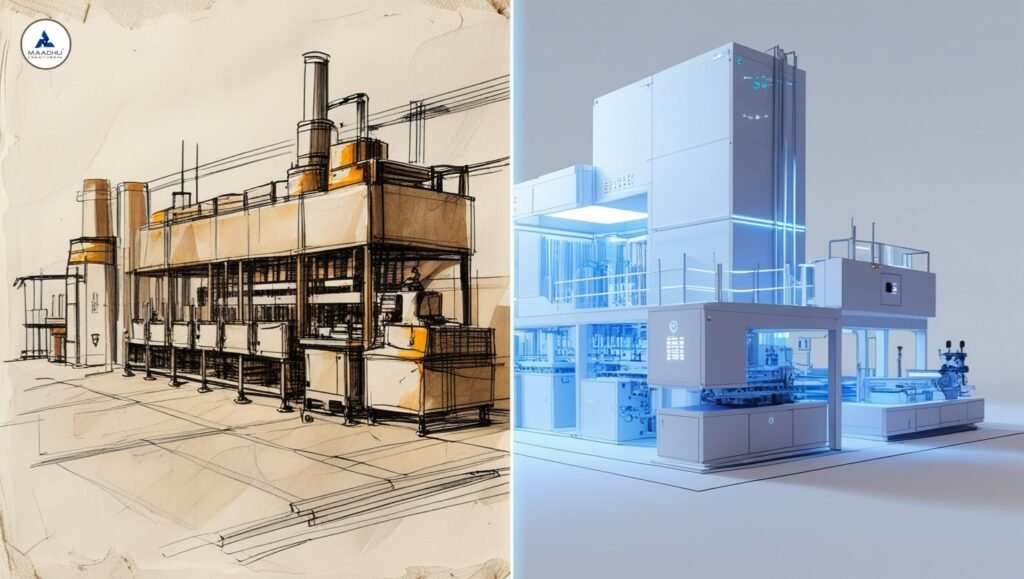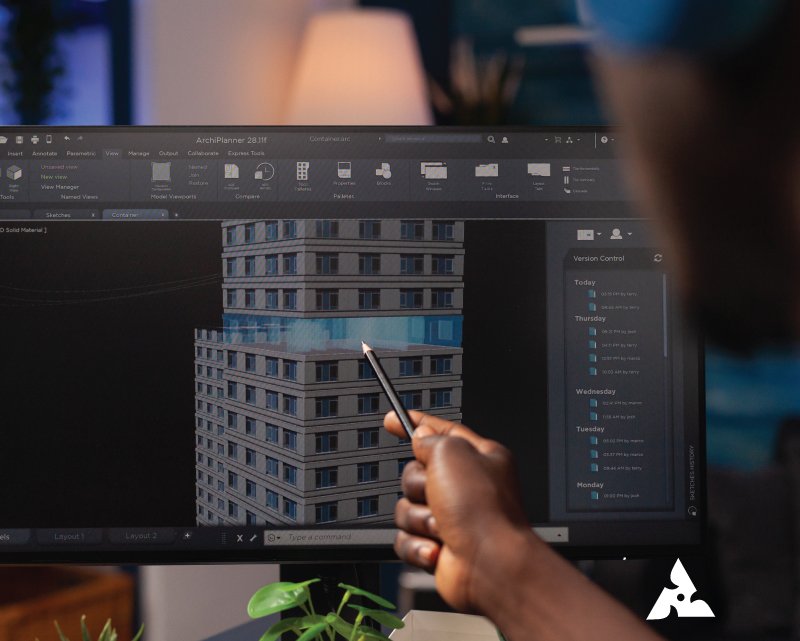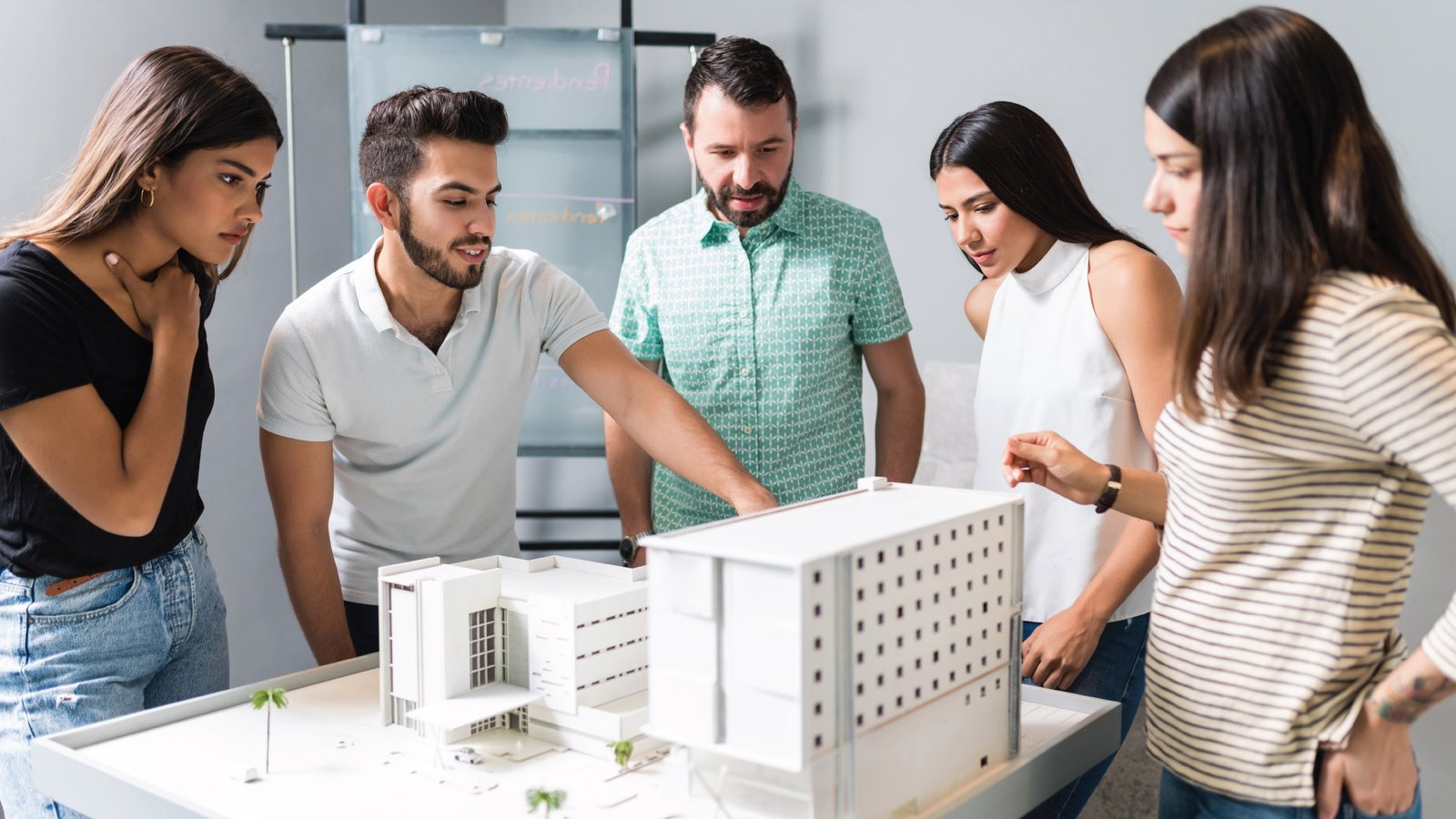How Engineering Models Improve Efficiency in Factory Layout Planning
Table of Contents
Factory layout plays quite a pivotal role in the event of any manufacturing unit. An efficient factory layout minimizes downtime, reduces waste, and optimizes workflow leading to direct improvements in overall productivity and profit generation for the company. With the passage of time, there have seen changes in the ways factory layouts have been designed due to the introduction of new technology. One of the prominent advancements in this line has been the use of engineering models.
This blog explores how engineering models improve the effectiveness of factory layout planning, and why they have become an indispensable part of today’s manufacturing process. Here, we make a comparison between traditional and contemporary methods. The advantages and insights into the ways in which engineering models are transforming the factory design process are also included.
What Are Engineering Models?
An engineering model is a detailed digital or physical representation of a system, which provides its simulation, analysis, and optimization of different project elements. It enables the creation of a virtual environment for factory layout planning where designers, engineers, and stakeholders would visualize and test the material flow, positioning of equipment, and movement of workforce.
Types of engineering models include:
- Industrial Scale Models: those representing entire factory layouts or key machinery of particular industry.
- Manufacturing Plant Models: model in the sense of 3D, giving hundreds of thousands of views of process flows.
- Production Facility Planning Models: the models that go into detail about the actual setup of the factory and how it optimizes aspects such as space and material flow.
- Industrial Prototyping Models: focused on specific factory machinery or processes allowing visualization and testing of separated components.
They have come a long way since the days when one depended solely on blueprints and manual drawings. Whereas engineering models of old would comprise dusty paper drawings, they now primarily constitute high-end 3D CAD and simulation software that provides unparalleled accuracy and flexibility.
Key Benefits of Engineering Models in Factory Layout Planning

The integration of engineering models during factory layout planning provides numerous advantages that directly improve their operational efficiency. Some of the major ones include:
1. Enhanced Visualization and Design Flexibility
The conventional method for planning a factory layout had always relied on two-dimensional floor maps that were often hard to read and often required manual changes for any modifications. For engineering models, especially when talking about 3D digital models, it represents their factory months better by allowing different participants to visualize the arrangements of machines, storage, workstations, and production lines in satisfactory three-dimensional views.
This gives enough detail to allow planners to better evaluate the efficiency of the layout and to explore different design iterations and make real-time changes. Whether it was moving machines or changing the flow of materials, it was all real-time planning depending on engineering models.
2. Optimization of Production Flow and Resource Utilization
In any manufacturing setting, an efficient production flow is imperative because anything that limits production flow causes bottlenecks, increases downtimes, and reduces total throughput. Engineering models provide a visualization perspective and optimize the flow activities ranging from the movement of materials, products, and workers to and fro in the factory space.
During those simulation sessions, engineers spot out any potential inefficiencies arising from long travel distances or spots where materials tend to get congested. For planners, an engineering model permits them to try different configurations with no real physical change in their layouts, which in the end reduces the wastage of movement and improves space utilization. This provides a formula to help manufacturers streamline their operations and reduce production costs.
3. Enhanced Communication and Collaboration
Among the advantages of engineering models is an improved communication network among all stakeholders involved with and within the factory layout responsibility. In the conventional method, team members relied on different versions of floor plans, which could create misunderstandings and errors.
With a shared engineering model, the stakeholders will be able to gain access on the subject of engineers, factory managers, architects, construction teams, and any other project participant to a single, up-to-date digital representation of the factory layout. All project and setting design stakeholders will be in sync and able to contribute in real-time to result in fewer mistakes and rapid decisions.
4. Early Problem Detection and Resolution
Engineering models allow manufacturers to simulate the behavior of the factory before going into physical construction. The simulation quite often can catch potential issues regarding layout, equipment positioning, safety, and material flow.
If companies can identify and solve these problems in the early stages of planning, they can save costs in making changes during construction or operation. For example, it might show that certain areas can become congested or that a machine which was previously thought to require only a little space now needs more than that. An early resolution trends toward lesser delay and, therefore, prevents costly changes down the line.
5. Significant Cost Savings
Through engineering models, the layout of the factory can be optimized for truly meaningful cost savings. These models minimize the need for physical prototypes and reduce errors, leading to increased workflow efficiencies in the entire process, reducing both time and monetary investments.
Furthermore, a cleverly planned layout reduces operational inefficiencies, like over-consumption of energy or under-utilization of resources, both of which are relative cost savings. Engineering models can also help manufacturers forecast the operational performance of factory layouts over a long period in order to carry out the budgeting and resource planning correctly.
Traditional vs. Modern Factory Layout Planning

Factory layout planning has come a long way from days of manual sketching and static 2D diagrams. Let’s juxtapose the traditional method with today’s advanced techniques involving engineering models:
The Traditional Approach
Earlier, factory layouts were generally drafted on paper in either two-dimensional drawings or blueprints. Being, though drawn upon static designs, interactive in nature, modifications to layouts required restarting an entire design plan. Besides, these designs lacked the level of detail necessary to stimulate a real production scenario.
The drawbacks often encountered regarding inefficiencies such as un-optimal space usage or the incapacity to see production flow problems were then experienced during the process. Changes made took long as errors were discovered during construction.
The Modern Approach with Engineering Models
The modern engineering methods, when looked at positively, harness the magical 3D CAD, digital twin technology, and simulation software tools that allow manufacturers to build, test, and fine-tune the factory layout in a virtual space before a real project is executed. Changes at this point can be speedily executed with alternative assess layout configurations for the one that offers the best option.
With modern models, there is such traffic integration into the simulations of various flows across the factory, be it materials and workers, to locate problems in advance with such incidents being avoided. This allows for an efficient layout and minimizes incidences where costly mistakes might arise during construction or operation.
How Engineering Models Save Costs
Engineering models in factory layout planning enable various forms of tangible, measurable savings:
- Fewer Mistakes and Rework: Problems are discovered early rather than-incurred costs resulting from late changes during construction.
- Optimized Space Utilization: With good design layouts, the factory can run at full efficiency without wasting space and maximizing production.
- Reduced Prototyping Costs: Digital models can avoid models, thus cutting time and costs during the design process.
Overall, engineering models thus allow manufacturers to plan better and spend less: minimizing waste and maximizing resources overall as well.
Case Study: Engineering Models in Action
The case of a large automobile company is one example of engineering models used effectively in plant layout planning. The corporation wanted to redesign its production line to enhance efficiency and reduce waste. Using industrial scale models, the team could visualize the complete production process in 3D and simulate various layouts and the workflow.
Reconfiguring equipment and reorganizing material flows allowed the company to streamline the operating system and reduce production costs by 15%. The entire process was quicker and more efficient than standard procedures, highlighting the enormous advantages to be gained through the utilization of engineering models.
Why Choose Experts for Engineering Models in Factory Layout Planning
Manufacturers interested in embedding engineering models in the layout of the factory need to work with proficient professionals having in-depth knowledge of the entire process. For instance, Maadhu Creatives specializes in high-level, tailor-made engineering models for factory layouts. With highly specialized customizing of industrial prototyping models, manufacturing plant models, as well as production facility planning models, no layout will be left without optimizing its efficiency.
An expert provider will be able to ensure that your factory layouts are designed precisely, efficiently, and for scalability, so that you can bear your business to a lasting success.
Conclusion
Nowadays factories and manufacturing units optimize engineering models in layout planning. These models have a bunch of benefits – improve visualization, improve communication by reducing costs and predicting problems. It enhances the design process and serves in better operation efficiency. Whether it is through industrial-scale models, manufacturing plant models, or industrial-prototyping models, factory layout planning in the future will be digital.
By collaborating with professionals in engineering modeling, such as Maadhu Creatives, manufacturers ensure precision and efficiency in designing their factory layouts for future attendance.
FAQs
Factory layout models are concerned primarily with the physical arrangement of a manufacturing facility, while engineering models can represent literally anything pertaining to the system, extending from machines to material flow to overall process optimization.
Industrial prototyping models allow manufacturers to test machinery or processes in the layout of the factory and ensure that they will fit and perform before the actual implementation on a large scale.
Engineering models allow manufacturers to perform virtual design tests reducing errors and saving on the costs of physical prototypes, which optimize workflow and gain substantial cost savings during construction and operations.









